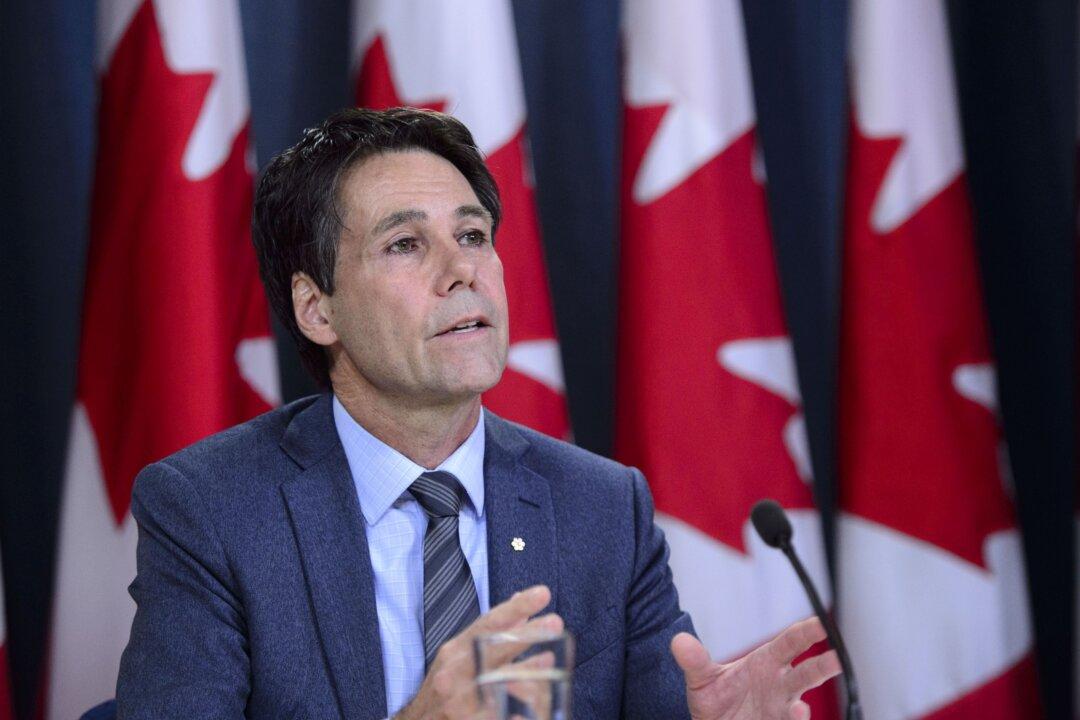The federal government wants to establish a national formulary and reduce drug costs for those facing rare conditions as it moves toward universal pharmacare. While there is wider agreement on these initial steps, a national pharmacare program remains a hotly contested idea.
The Sept. 23 speech from the throne stated that the government “remains committed to a national, universal pharmacare program,” with first steps to include “a rare-disease strategy to help Canadian families save money on high-cost drugs” and “[e]stablishing a national formulary to keep drug prices low.”





